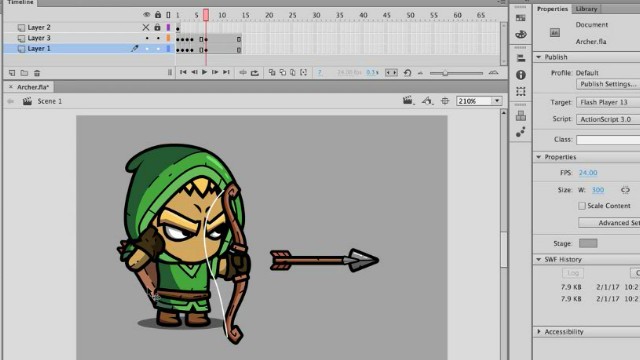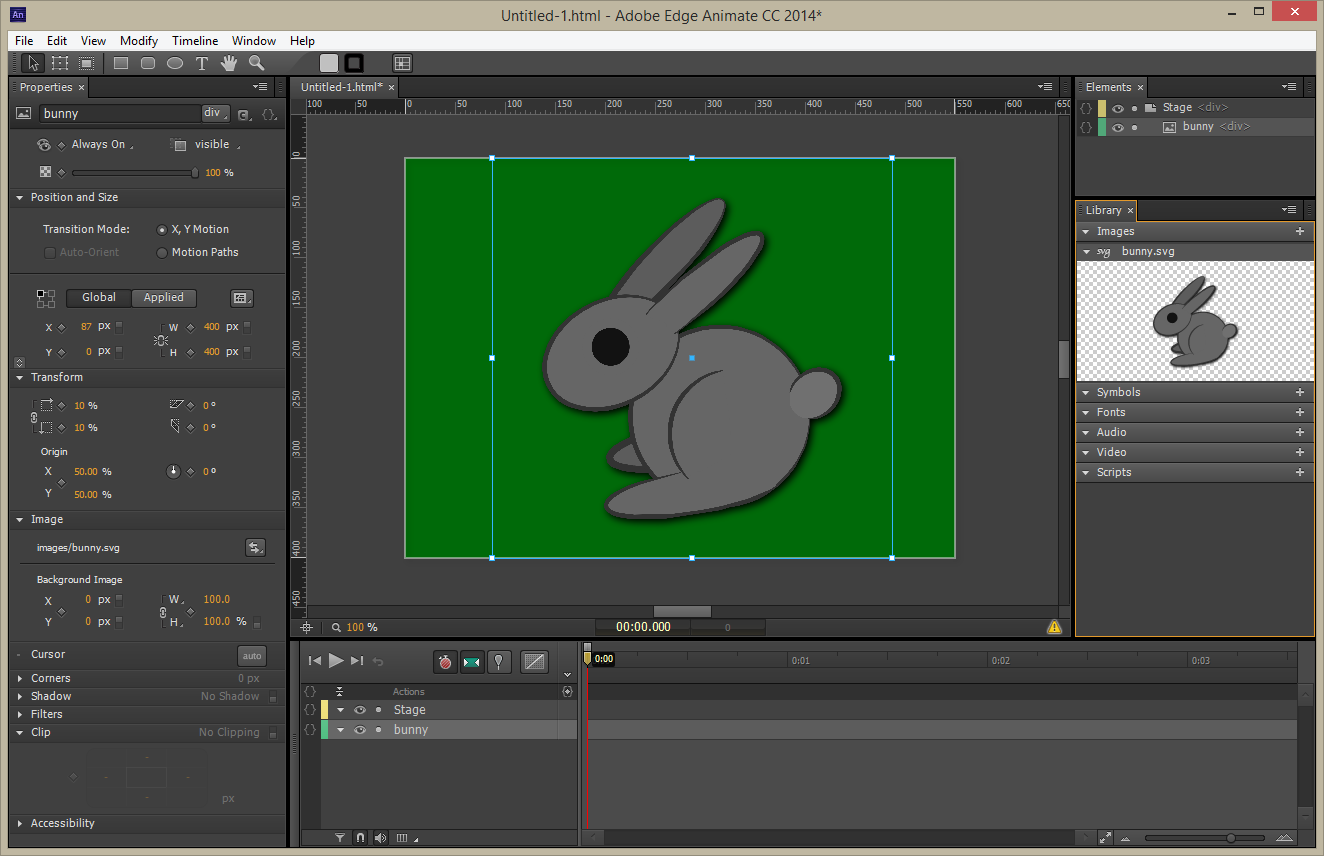

The current animation frame can be exported to the Wavefront. Read more…Īdded a link to a discussion thread about Monster Mash.
#Basic animation in adobe animate software#
The entire textured animation can be exported to the glTF format, which allows importing the results into various 3D modeling software (tested in Blender). From now on, please use this forum instead of the older CGSociety thread. Learn more…Ī new user forum for discussion about Monster Mash is available at. Learn more…Īdded an option to move layers in depth. What's New August 28, 2022Īdded an option to create a layer from a mask image, which also opens up the possibility to create layers with holes.

You can use it to share your results with us or to let us know what you think about the tool. There are more tutorials coming your way! Stay tuned and follow our blog.We have created a user forum for dissussions about Monster Mash which is available at.

We would love to know if you found this tutorial helpful! Let us know by leaving a comment below or sharing the post on Twitter! It starts to speed up by changing the position of the curve on the opposite side. Afterwards, we keep the curve in an almost straight position so the car moves at a constant speed until the end of the right turn. Then, it slows down around the 25th frame when the car is getting to the first turn. From the first frame, the movement speeds up a bit and moves the curve to a higher percentage. In our case, we want the movement of the car to slow down before it turns and to speed upon exiting. Alternatively, we can adjust the already existing anchor point at each end of the line. These curves can be made more complex by adding additional anchor points along the length of the path. The horizontal axis represents the frames and the vertical axis represents the tween’s percentage of change. The Custom ease graph represents the degree of motion over time. Properties -> Tweening -> Easing -> Edit easing Go to the Properties panel and make sure the Snap and Orient path options are checked.īy adding a custom easing to the animation, we will make the movement of the car look more natural. It’s time to play with the properties of tweening. Let’s make the animation smooth and more natural. Then right-click on the layer (car) and click Create Classic tween to make the car follow the path. Note: Make sure the center point of the car is at the start and end of the line. The guide should follow the road to make the car move properly. Select the Pen Tool from the Tools panel. Right click on the layer (car) -> Add Classic Motion Guide It’s time to create a motion path to guide the car. Now we have the first frame and the last frame as well as the position of the car. Then move the car to that point in the scene where you want the animation to end. Then right click -> select Insert Keyframe. Select the frame on the timeline that you want to be the last frame of the animation. In our case, the car will be the only element that will be animated.ĭrag the car to the position that you want to start the animation from. Import vector based background asset to Animate on the first layer.Ĭreate a second layer and import the car. We start off by creating a scene that consists of a road with two turns and a car for the purpose of the tutorial. We decided to do so because it’s a vector based program like Animate and it’s easy to exchange assets between them.
#Basic animation in adobe animate how to#
How to change the easing of the animation to make the movement more natural.įor this tutorial, we used Adobe Illustrator to create the vector assets for the scene.The most important points of this tutorial are to learn: The following tutorial will show you how to create animated UI elements along a predefined path in Adobe Animate.


 0 kommentar(er)
0 kommentar(er)
